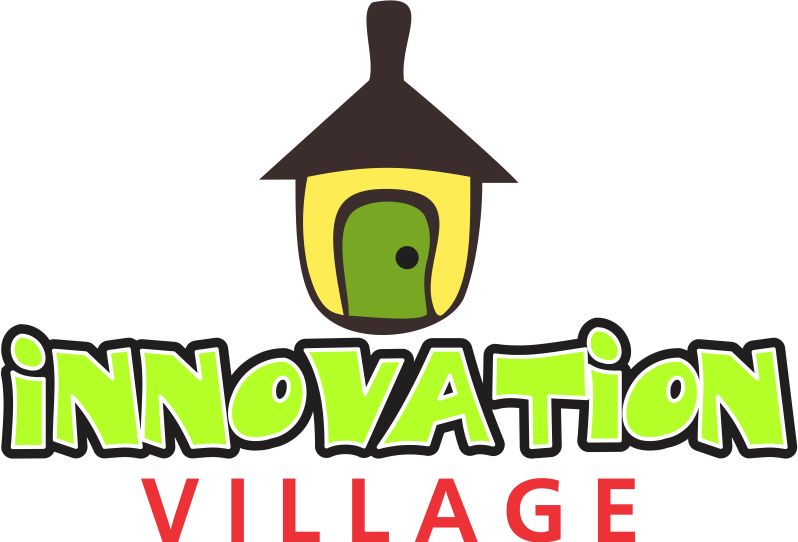The workplace is going to look drastically different ten years from now. The coming of the Second Machine Age is quickly bringing massive changes along with it. Manual jobs, such as lorry driving or house building are being replaced by robotic automation, and accountants, lawyers, doctors and financial advisers are being supplemented and replaced by high level artificial intelligence (AI) systems.
So what do we need to learn today about the jobs of tomorrow? Two things are clear. The robots and computers of the future will be based on a degree of complexity that will be impossible to teach to the general population in a few short years of compulsory education. And some of the most important skills people will need to work with robots will not be the things they learn in computing class.
There is little doubt that the workforce of tomorrow will need a different set of skills in order to know how to navigate a new world of work. Current approaches for preparing young people for the digital economy are based on teaching programming and computational thinking. However, it looks like human workers will not be replaced by automation, but rather workers will work alongside robots. If this is the case, it will be essential that human/robot teams draw on each other’s strengths.
The current UK computing curriculum is not preparing young people for a future of working alongside robots. The curriculum is based around computational thinking and programming. These skills should help pupils understand and use computers. But the reality is the skills and concepts pupils are learning will not prepare them for a robotic future.
Robot colleagues
It is hard to see why pupils will need to be able to convert numbers between binary and decimal or write programs using the computer language python. After all, the majority of students won’t be growing up to build or program robots but rather to work with and rely on them. They need to know how and when the robots will go wrong, not necessarily how to build and fix them.

The machines and tools of the near future will be based on complicated mathematics, precise engineering and algorithmic learning whereby the code rewrites and adapts itself over time. We should not fool ourselves that all of this could or should be forced into the school day. Indeed, something more basic might be better. Education should perhaps be driven by more elementary questions. What do we mean by a robot? What do we mean by artificial intelligence? What sorts of problems lend themselves to algorithmic solutions and which ones don’t?
Many explanations of robotics focus on the similarities between organic systems and robots – but this approach fails to recognise that we as humans have a far better understanding of how robots work than how we work ourselves. AI almost by definition must take a computational approach to the world – and we should also teach pupils when to leave the computation to the computers.
http://https://youtu.be/Qh2yT-AL1V8?t=5
The “innovation foundation” Nesta identifies “creativity, dexterity and social intelligence” as three key areas where automation is struggling to make inroads. In the future, society will need human beings with these key skills and ones like them that cannot be automated. Although a robot may be able to far surpass the diagnostic skills of a trained doctor, it is far more difficult to automate the bedside manner of an excellent nurse.
Being human
It is normal to be concerned about technological changes you don’t comprehend. What worries me the most is when the general population leaps to the wrong conclusion – having a higher level of computing skills will not better prepare kids for an automation future.
Robots aren’t necessarily going to take your job, they are going to make you better at your job, allowing you to focus on the things that you have been specially evolved to be good at. AI is exceptional at many of the things humans are terrible at: performing repetitive, monotonous tasks; concentrating for long periods of time, and quickly searching vast databases of information. Automating tasks like these should be welcomed.
What we need globally is a population that is ready for the robotic revolution, ready to be a part of it, ready to be complemented by automated assistance. Part of being ready to work alongside machines is going to be learning how to be better at being human.


